What is TMS?
Transcranial Magnetic Stimulation (TMS) is an in-office procedure that can relieve symptoms of treatment-resistant depression. This safe, effective treatment uses electromagnetic waves to stimulate specific parts of the brain.
This type of therapy can seem intimidating to those unfamiliar with it. Some people may confuse it with electroconvulsive therapy (ECT), which can have significant side effects, including memory loss. The two procedures could hardly be more different.
It is essential to understand that it is a non-invasive procedure with few side effects. It is also only used in cases where no other intervention has worked.
What Happens in a TMS Session?
In a TMS therapy session, the doctor sets an electromagnetic coil on the patient’s head just above the forehead. When turned on, this coil sends electromagnetic waves into some regions of the brain that require stimulation.
TMS does not require anesthesia nor cause pain. Patients can drive themselves to and from a session. While electromagnetic waves may sound intimidating, they are just like the technology used in an MRI.
What Does TMS Treat?
Currently, TMS is used primarily for depression patients who do not respond to other treatments. However, there is research underway to see whether TMS can work effectively on other disorders, including ADHD, schizophrenia, and OCD, to name a few.
TMS is best suited for people who have tried other interventions for depression without success. This may mean that several different medications did not relieve symptoms or that the medications’ side effects were too much to handle. TMS patients have usually also tried talk therapy.
FAQs About TMS
TMS has put some people with depression into remission. Other patients see positive results that last for a long time. Working in regular therapy on techniques that help build coping mechanisms is an excellent way to supplement TMS.
TMS sessions typically last 37 minutes and happen five days a week for a period of 4 to 6 weeks. These figures are averages. Your treatment plan may vary depending on your needs.
You do not need to make any special preparations before your first appointment. You might want to bring some OTC analgesics in case you have a slight headache afterward. The medical staff will tell you to remove any magnetic accessories before your TMS session. You will also need to wear earplugs during the sessions. Finally, keeping your purse or wallet away from the TMS machine is advisable as well, since the device can demagnetize credit card strips.
In some cases, individuals have some mild scalp pain or a light headache after their first session. These symptoms often lessen after the first few sessions. This is a non-invasive procedure, so there will be no incisions made in your skin.
Accordion Research around TMS began in the 1980s. This research centered on which areas of the brain control certain functions and which areas might be not functioning correctly in mood disorders such as depression.
Specialists studied TMS and its effects for many years before being available for use with the general public. It was finally approved for use by the FDA in 2008 and is now a standard treatment used successfully across the country.
While researchers do not understand the specifics of how TMS works so effectively on depression, they do have a general idea of how it works.
Separate areas of our brains control different tasks, such as memory or impulse control. Thanks to imaging technology, researchers know which areas of the brain do not work as well in cases of depression. What TMS does is stimulate these areas to bring them “back to life” in a sense. This increased activity allows the brain to rebuild key neuropathways so that the patient feels fewer of the symptoms of depression.
There are few side effects associated with TMS. After their first few treatments, some patients have a slight headache, which they can treat with OTC analgesics. Around ten percent of patients experience mild pain or tingling in the scalp, which you can treat with pain relievers. Patients are required to wear earplugs during a session to protect their hearing.
This list of side effects is far less than what many patients experience when they take antidepressants long-term.
TMS should only be administered by trained medical professionals, including doctors, PAs, and nurse practitioners.
